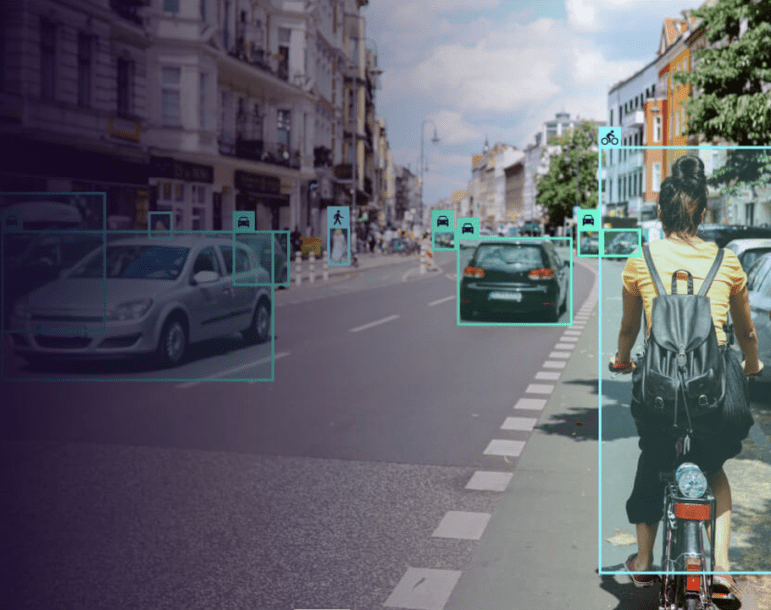In personal injury law, determining fault in car accident cases traditionally relied on witness testimony, police reports, and expert opinions. However, with the rapid development of accident reconstruction technology, these cases are now more scientifically grounded, offering clearer insights into how accidents occur and who is responsible. Advances in 3D modeling, virtual reality (VR), and data analytics are revolutionizing how fault is demonstrated, improving the precision and persuasiveness of evidence in courtrooms.
- 3D Modeling and Simulations
One of the most significant advancements in accident reconstruction is 3D modeling. This technology allows experts to create detailed reconstructions of accident scenes, offering a visual representation of the crash. Using data such as vehicle speeds, skid marks, and impact points, 3D simulations can depict the sequence of events leading to a crash in a way that is easy for judges and juries to understand.
These models are often created using software that integrates data from the crash site, including photographs, videos, and measurements taken by investigators. By recreating the accident from multiple angles, 3D simulations can highlight inconsistencies in witness testimony or pinpoint exactly when and how a driver failed to react properly to road conditions or other vehicles.
- Virtual Reality (VR) for Courtroom Presentations
Virtual reality is now making its way into accident reconstruction. VR allows the judge and jury to “experience” the accident from various perspectives—such as from the driver’s seat, pedestrian’s viewpoint, or aerial view. This immersive technology provides a more interactive and intuitive understanding of how the crash unfolded, especially in complex cases involving multiple vehicles or intricate road layouts.
For instance, VR can simulate how weather conditions, road obstructions, or mechanical failures impact the driver’s ability to control the vehicle. This can help establish whether a driver was genuinely negligent or whether external factors played a major role in the accident.
- Drone Technology and Aerial Imagery
Another game-changing tool in accident reconstruction is the use of drone technology. Drones provide aerial views of accident scenes, capturing high-resolution images and videos that offer critical insights into the environment where the crash occurred. These aerial images are particularly useful for large-scale accidents, such as multi-car pileups, or accidents involving complex intersections.
Drone footage helps reconstruct the accident scene accurately, including factors like the position of vehicles, road layouts, and potential hazards (e.g., broken guardrails or poorly marked roadways). By integrating drone imagery with 3D modeling software, reconstruction experts can present highly detailed visual evidence in court, supporting claims about road conditions or the line of sight available to the drivers involved.
- Black Box Data and Vehicle Telematics
Modern vehicles are equipped with Event Data Recorders (EDRs), commonly referred to as “black boxes.” These devices record critical data from a car just before, during, and after an accident. Information such as vehicle speed, brake application, seatbelt use, and throttle position can be extracted and analyzed to determine the precise actions of the driver at the time of the crash.
Telematics data from commercial trucks or ride-share vehicles can provide even more detailed insights, including GPS coordinates, time stamps, and even driving patterns leading up to the accident. This data can be invaluable in car accident cases, particularly when a fault is disputed. The ability to present hard data that illustrates a vehicle’s behavior seconds before a collision offers concrete evidence that is difficult to refute.
- AI and Machine Learning in Accident Analysis
Artificial Intelligence (AI) and machine learning algorithms are beginning to play a role in accident reconstruction by analyzing vast amounts of data related to similar accidents. These technologies can identify patterns and correlations that may not be immediately obvious to human investigators. For example, AI might analyze hundreds of accidents at a particular intersection and conclude that poor traffic light timing is a recurring factor in collisions.
AI also helps speed up reconstructing accidents by processing large datasets more efficiently than human investigators. This can be especially useful in cases involving multiple vehicles or complex legal disputes where time is of the essence.
- Liability in Autonomous Vehicle Crashes
With the rise of autonomous vehicles, accident reconstruction technology is becoming even more crucial in determining fault. Autonomous cars generate vast amounts of data, including sensor readings, radar, LIDAR scans, and GPS data. Analyzing this information can reveal whether the vehicle’s software malfunctioned or if the human driver (in semi-autonomous systems) failed to react in time. As self-driving cars become more prevalent, accident reconstruction experts will increasingly rely on this technology to navigate the complexities of liability.
Conclusion
Advances in accident reconstruction technology are transforming the way fault is demonstrated in car accident cases. From 3D modeling and virtual reality to black box data and AI, these tools are providing clearer, more objective insights into how crashes happen and who is at fault. As this technology continues to evolve, it will undoubtedly play an even more prominent role in personal injury law, helping ensure that justice is served with precision and accuracy.
For legal professionals and accident victims alike, staying informed about these technological developments is key to building strong, evidence-based cases in an increasingly digital world.
Contact PMR Law
If you’ve been injured in an accident, don’t hesitate to seek legal representation to hold the at-fault parties accountable and pursue the compensation you deserve. By taking action and asserting your rights, you can secure the financial resources needed to recover from your injuries and move forward with your life.
Remember, you’re not alone in this process. Our experienced legal team is here to guide you through every step of the journey, advocating fiercely on your behalf and fighting for the justice and compensation you deserve.
Get in touch with us so we can evaluate your case for free. Call PMR Law at 832-844-6428 and a member of our team will get in touch with you immediately.
PMR Law is considered one of the Best Law Firms in America, by Rue Ratings. Several of our attorneys have been given the honor of being named Super Lawyers by Thomson Reuters. The American Institute of Personal Injury Attorneys has named our attorneys 10 Best in Client Satisfaction. Speaking of personal injury, Attorney and Practice Magazine awarded our attorneys with Top 10 Personal Injury Attorney distinctions. The National Trial Lawyers have named three of our attorneys as Top 100 attorneys. The Academy of Attorneys has named two of our attorneys as Top 40 Under 40. Our attorneys have been recognized as Best Attorneys of America, by Rue Ratings. PMR Law is a proud member of the Multi-Million Dollar Advocate Forum. Houstonia Magazine has named two of our attorneys as Top Lawyers in Personal Injury. Forbes Advisor has recognized PMR Law attorneys in their Best Truck Accident Lawyers of Houston. Texas Lawyer magazine has named PMR Law as the #1 Personal Injury Law Firm in Houston.

